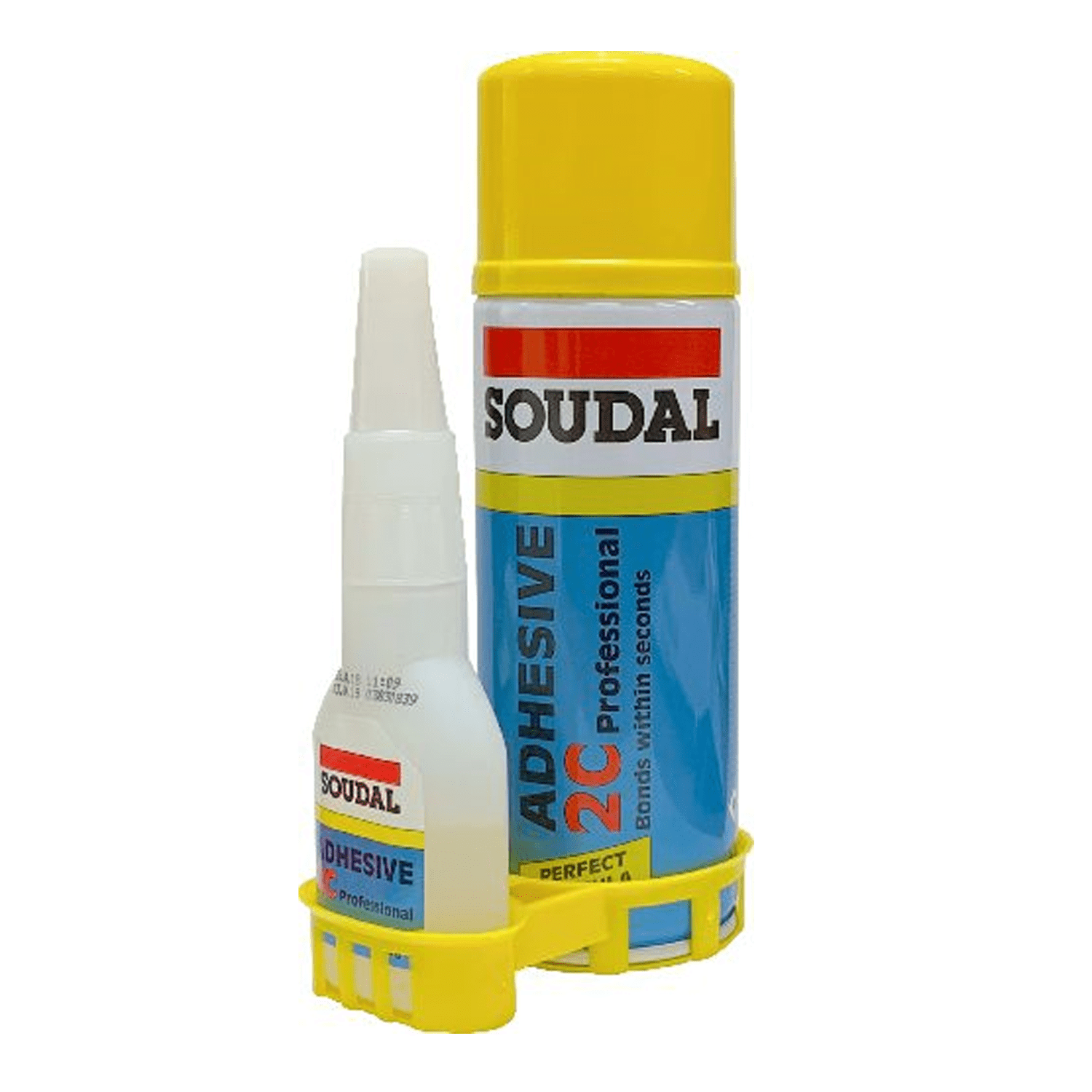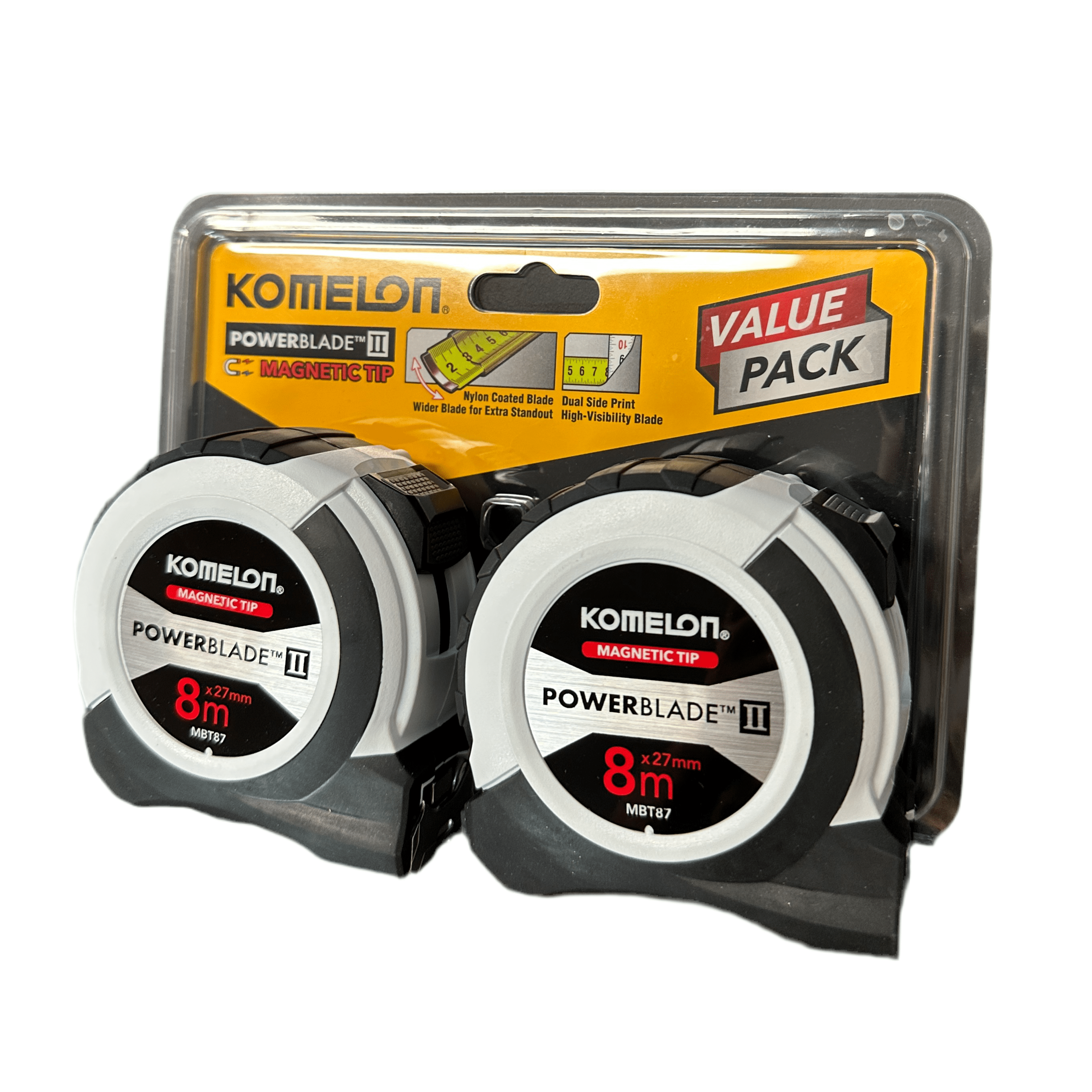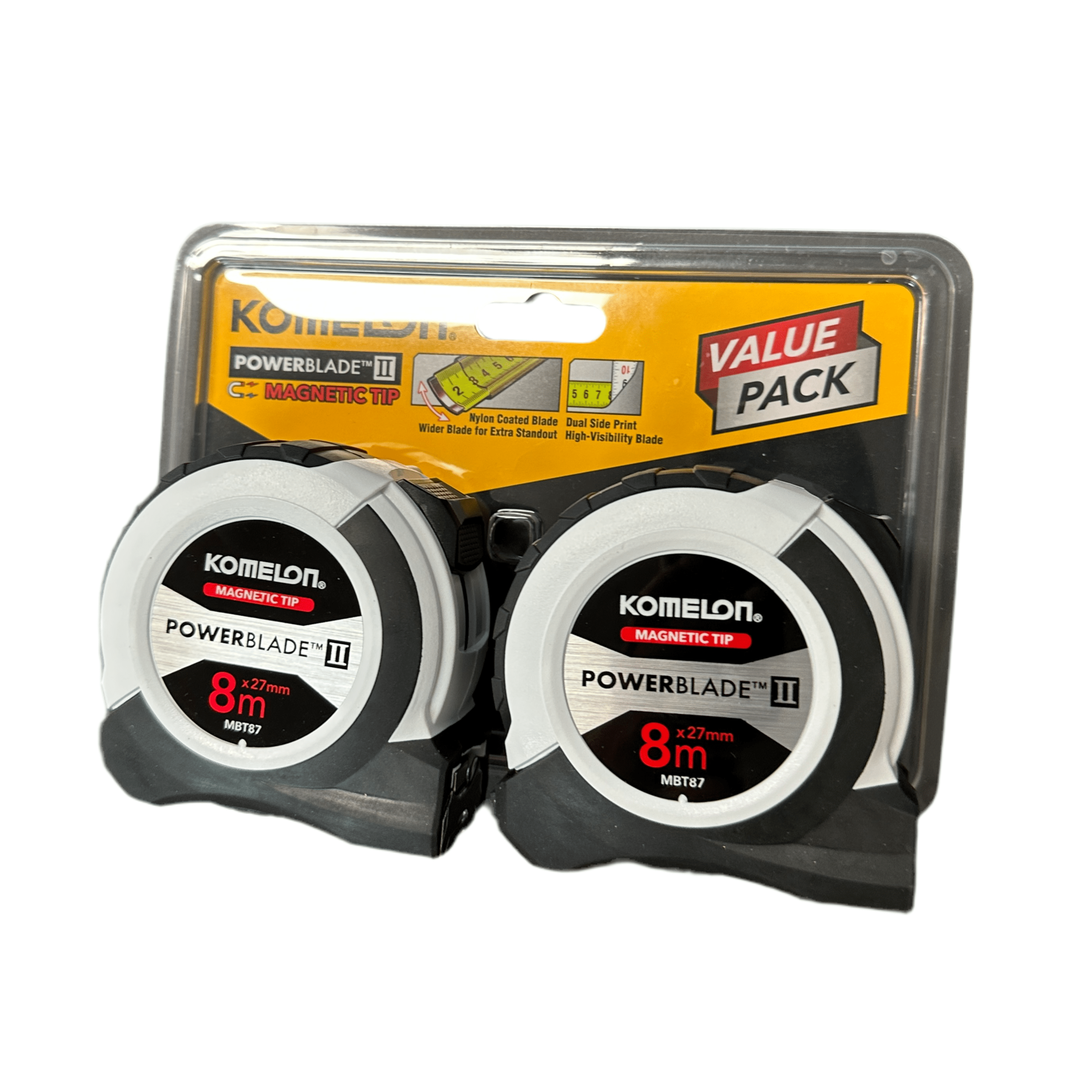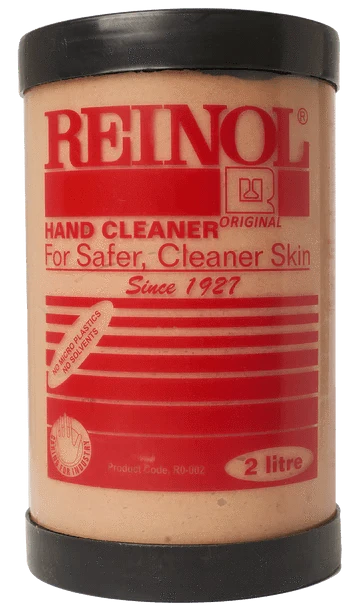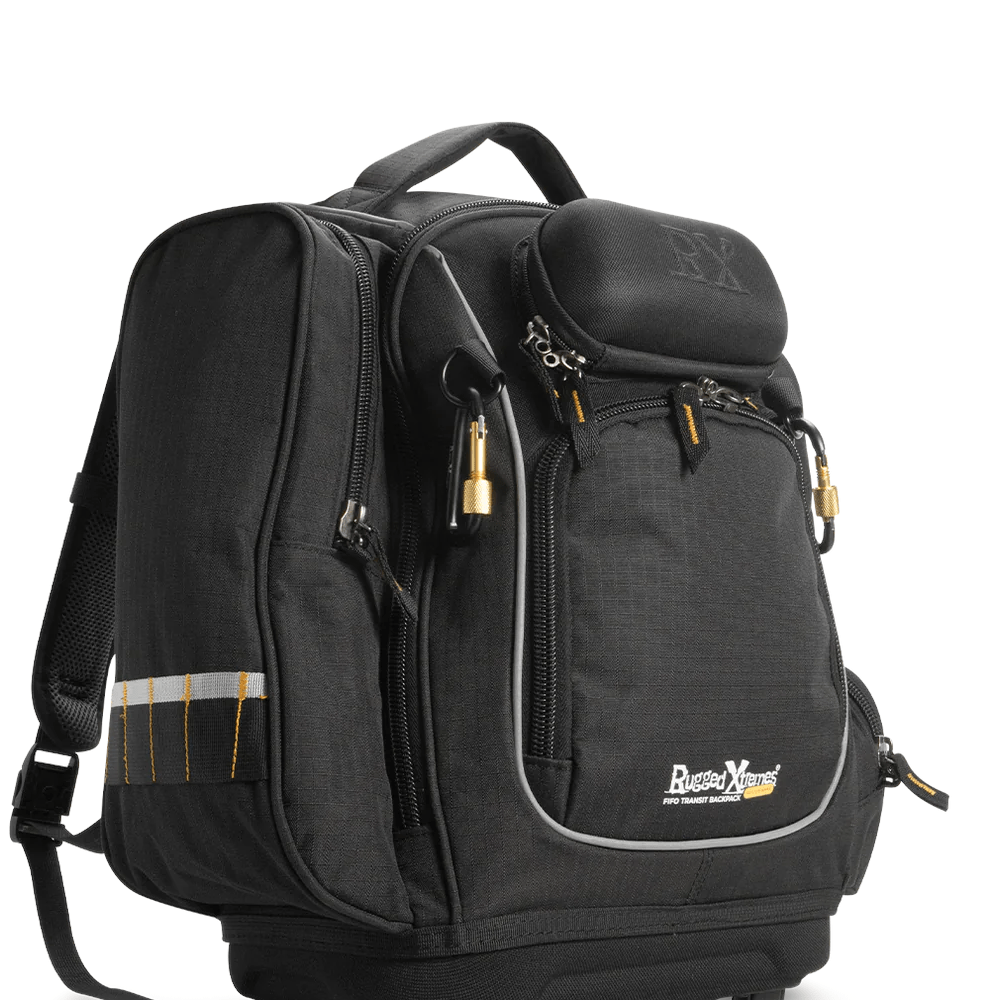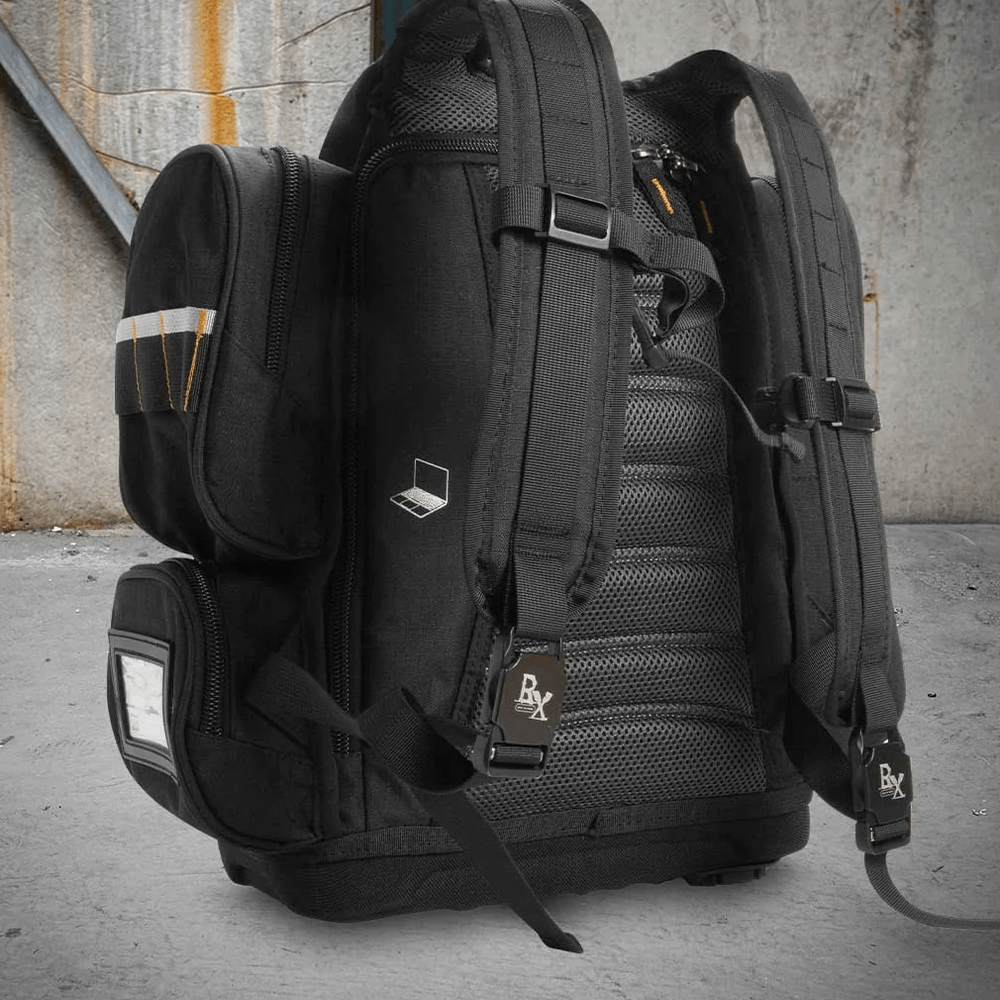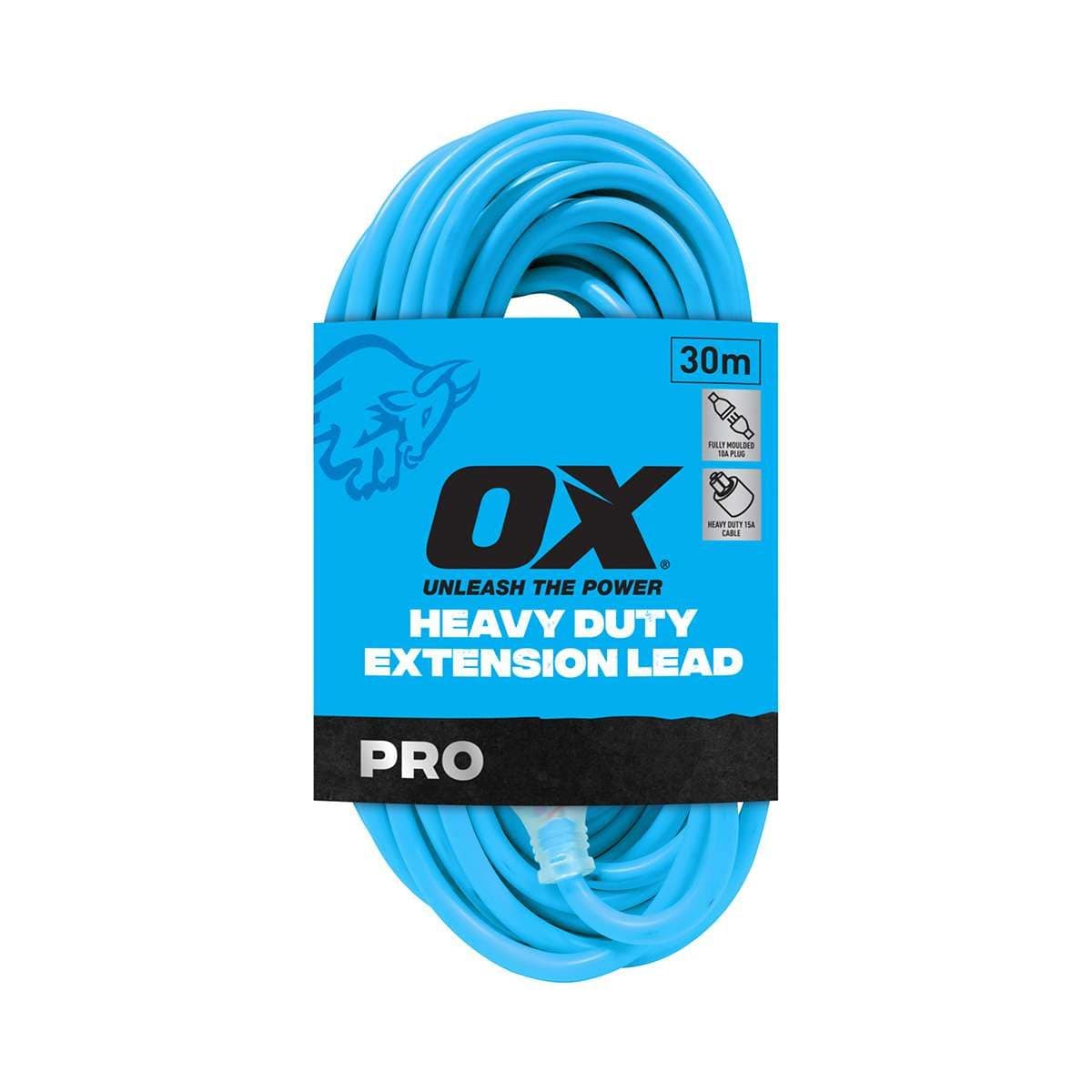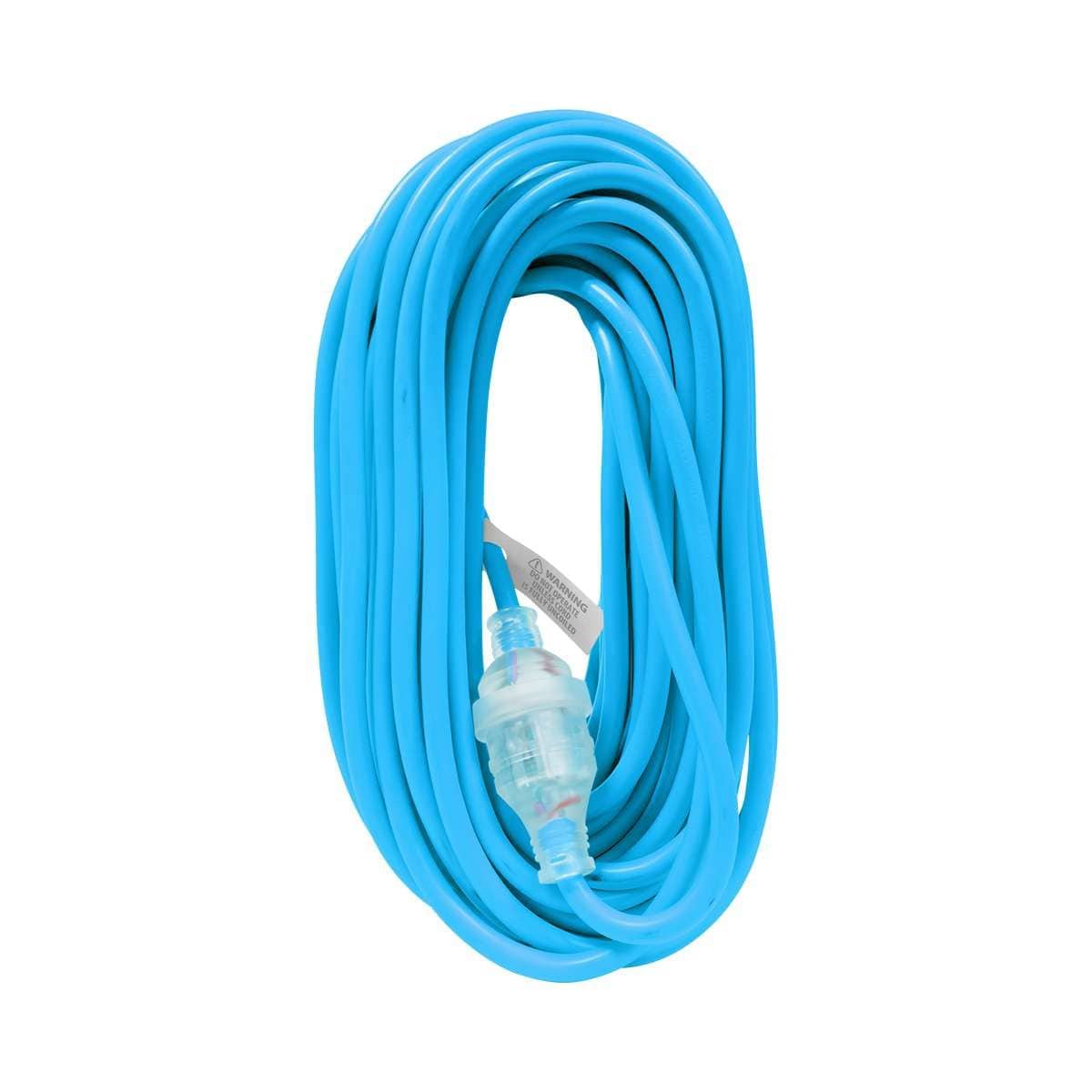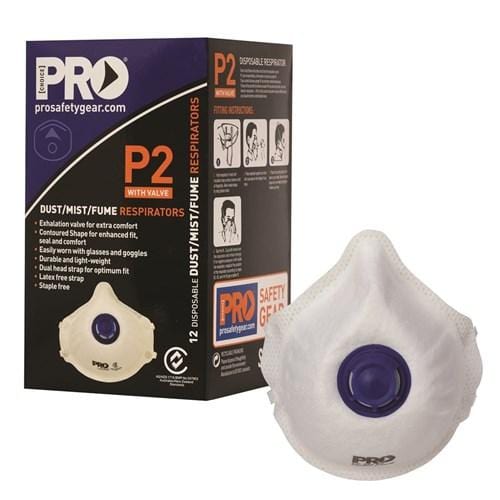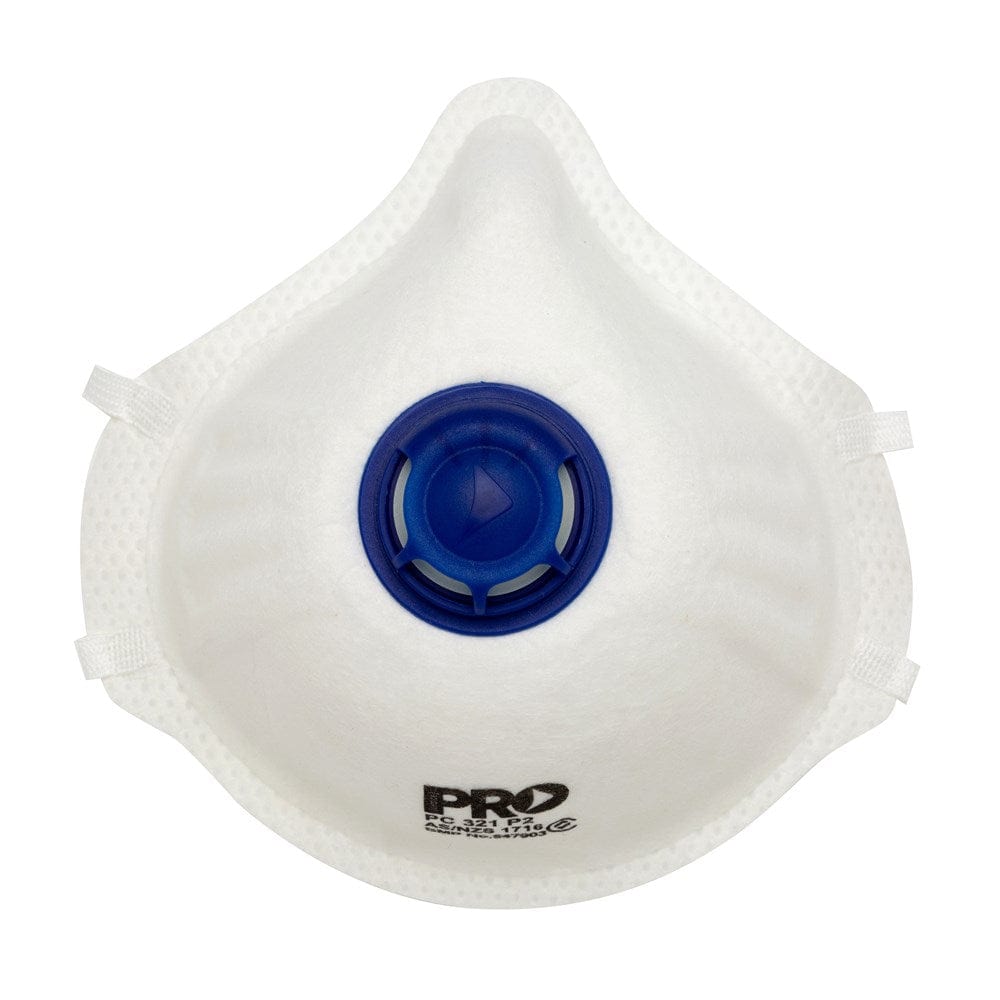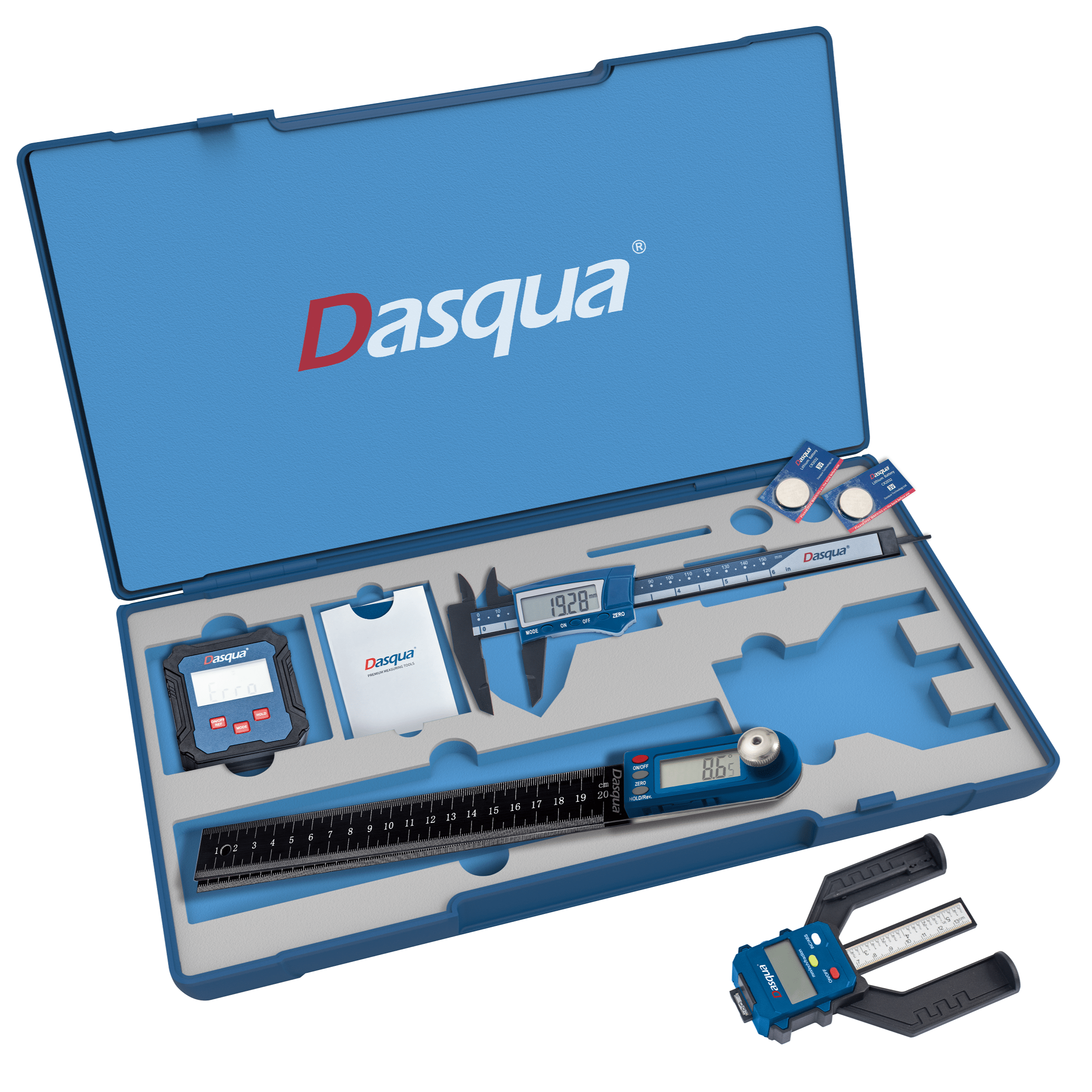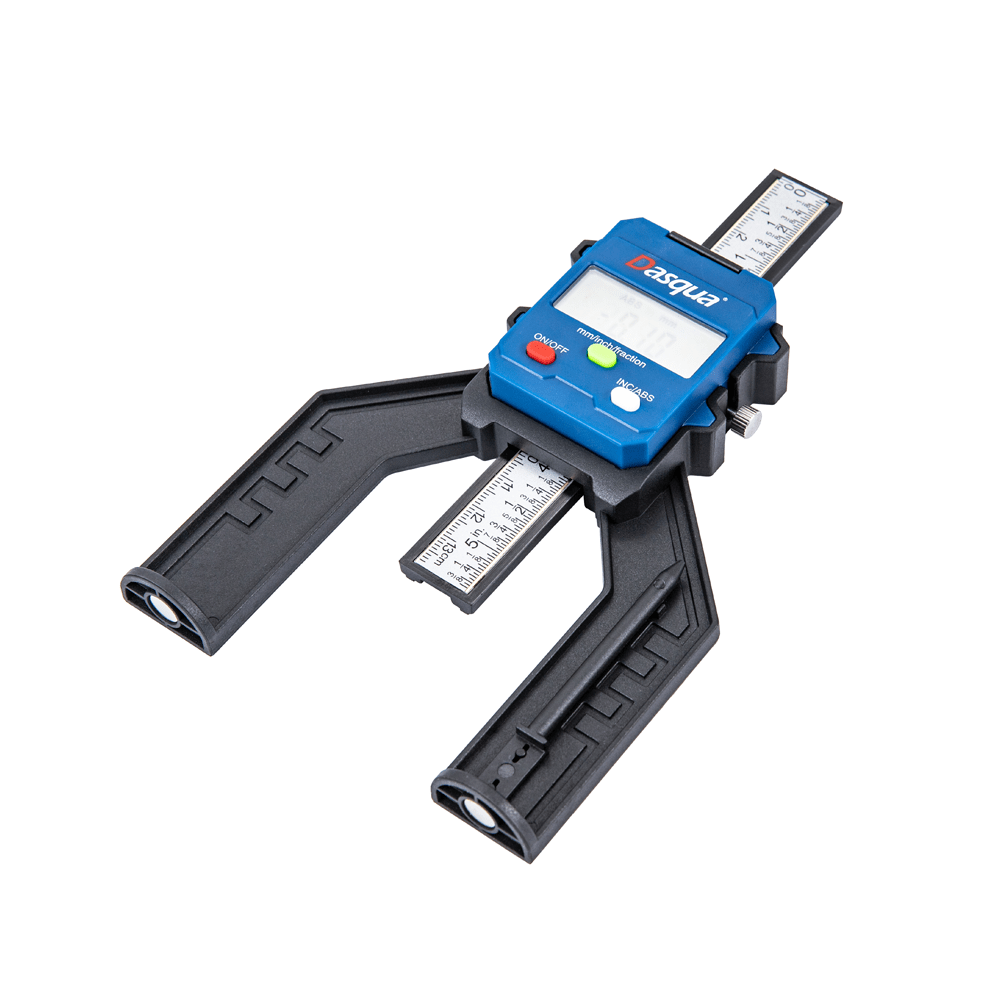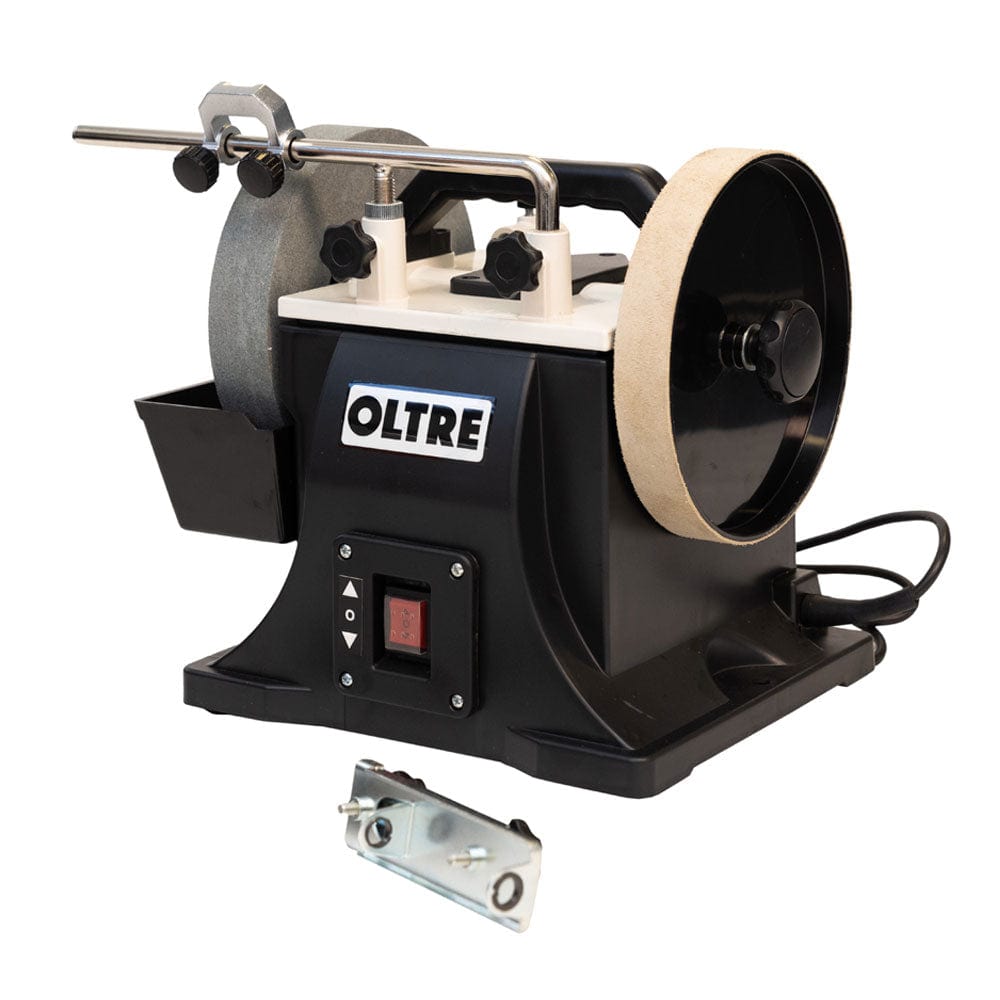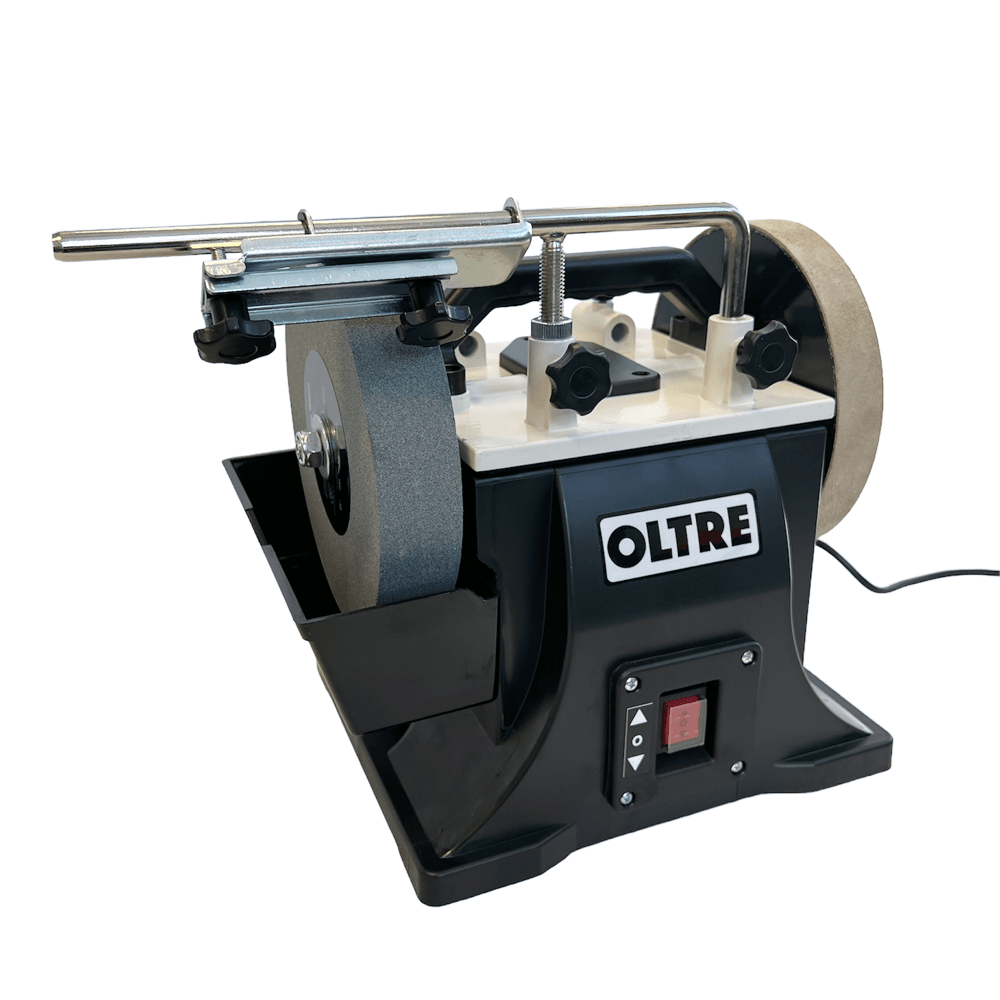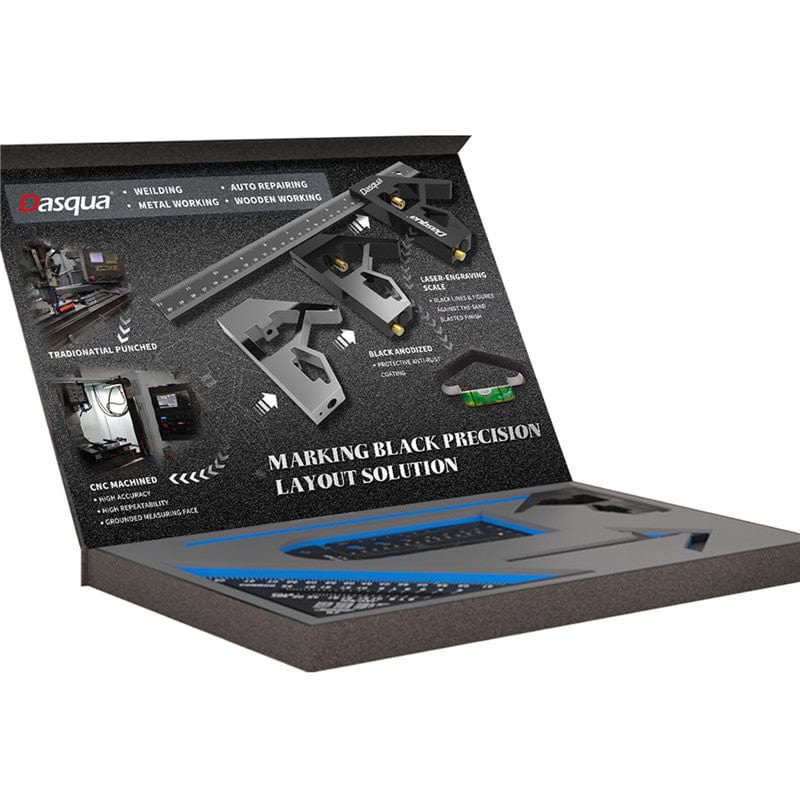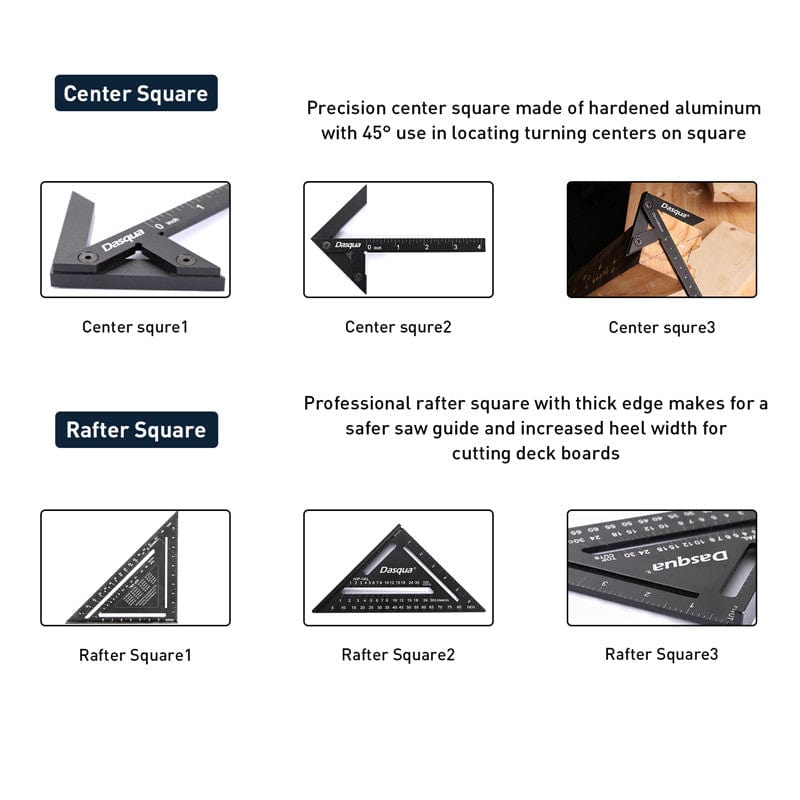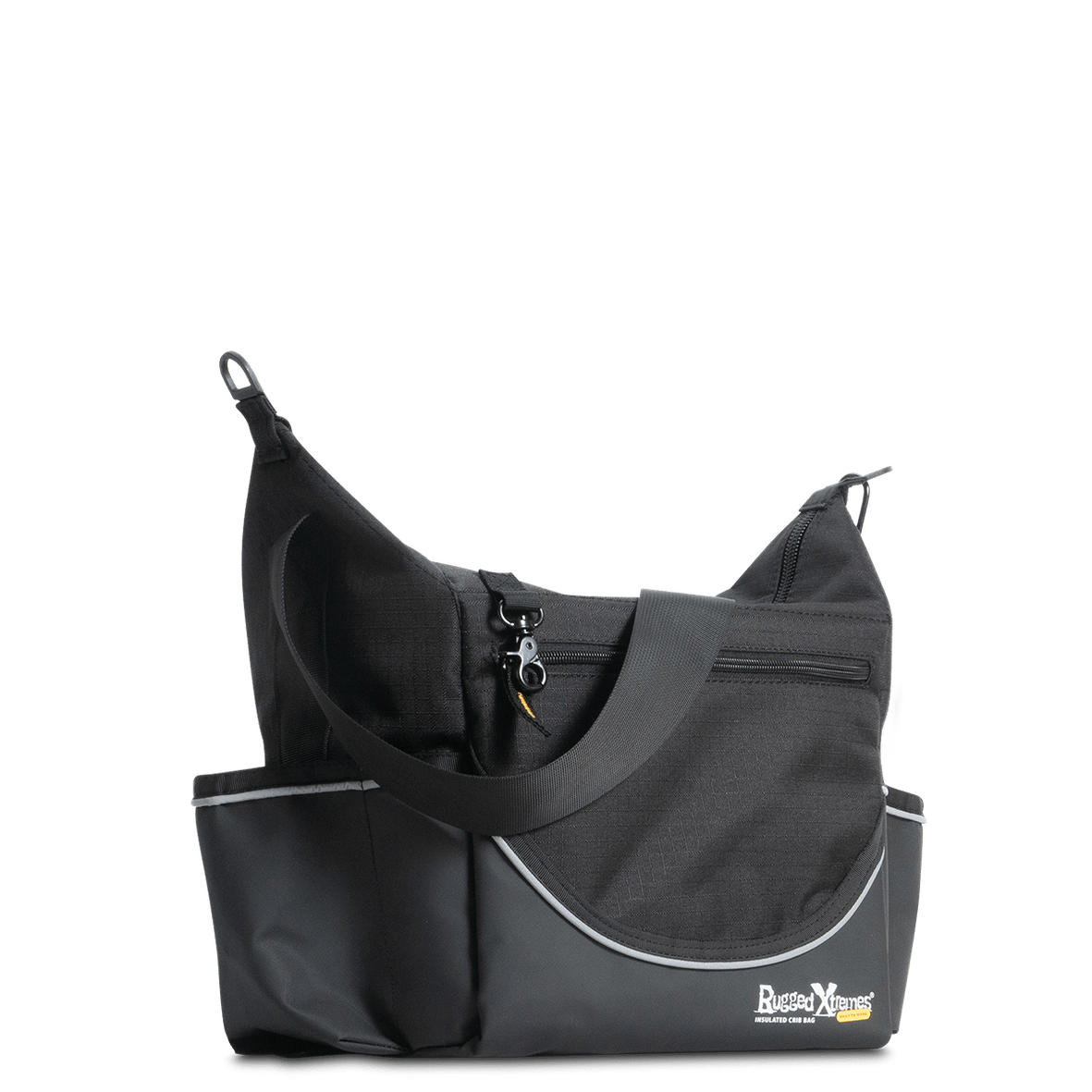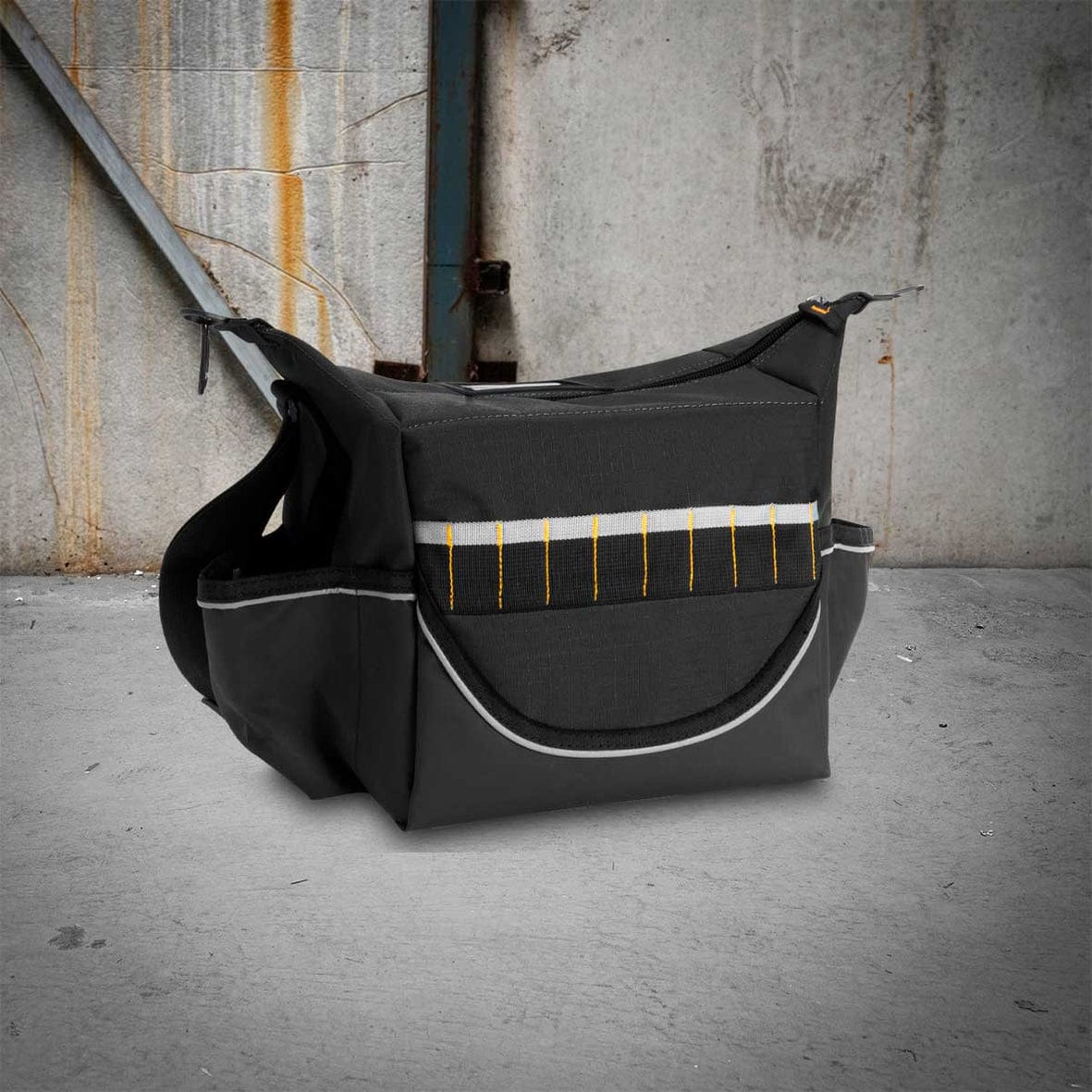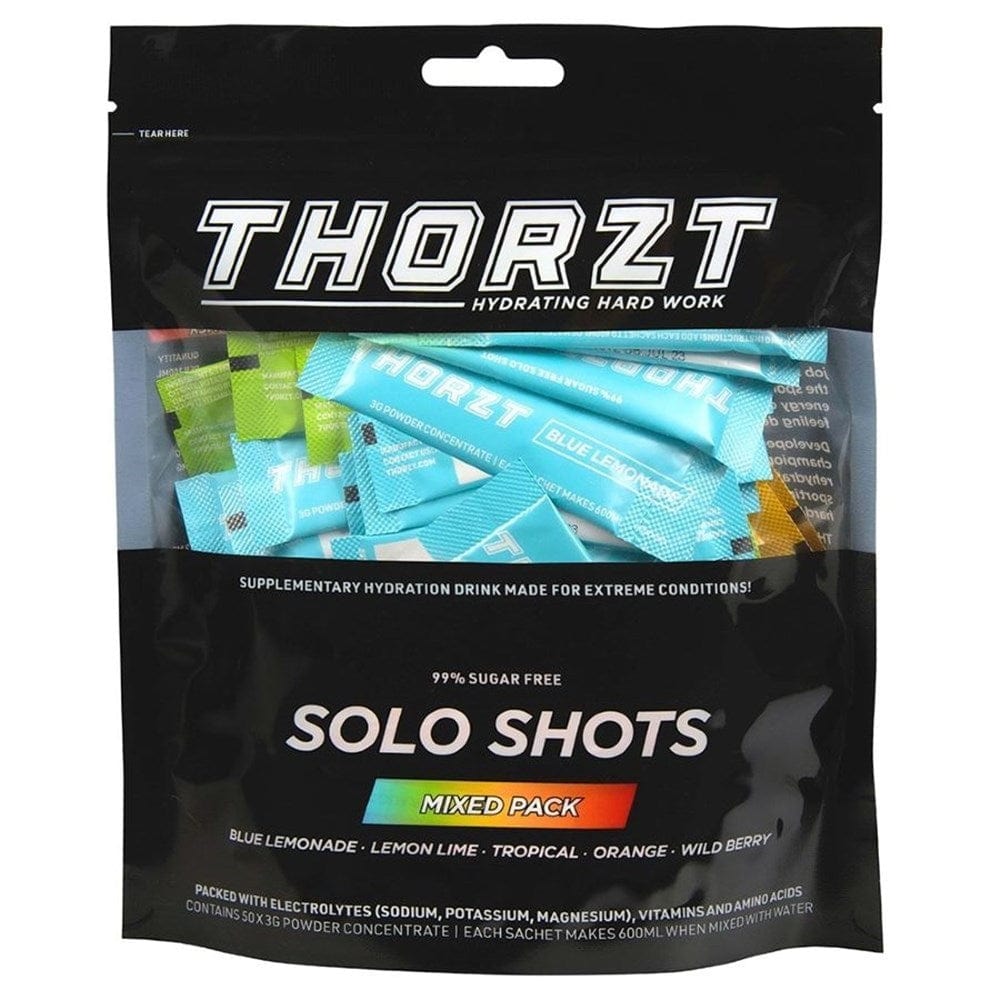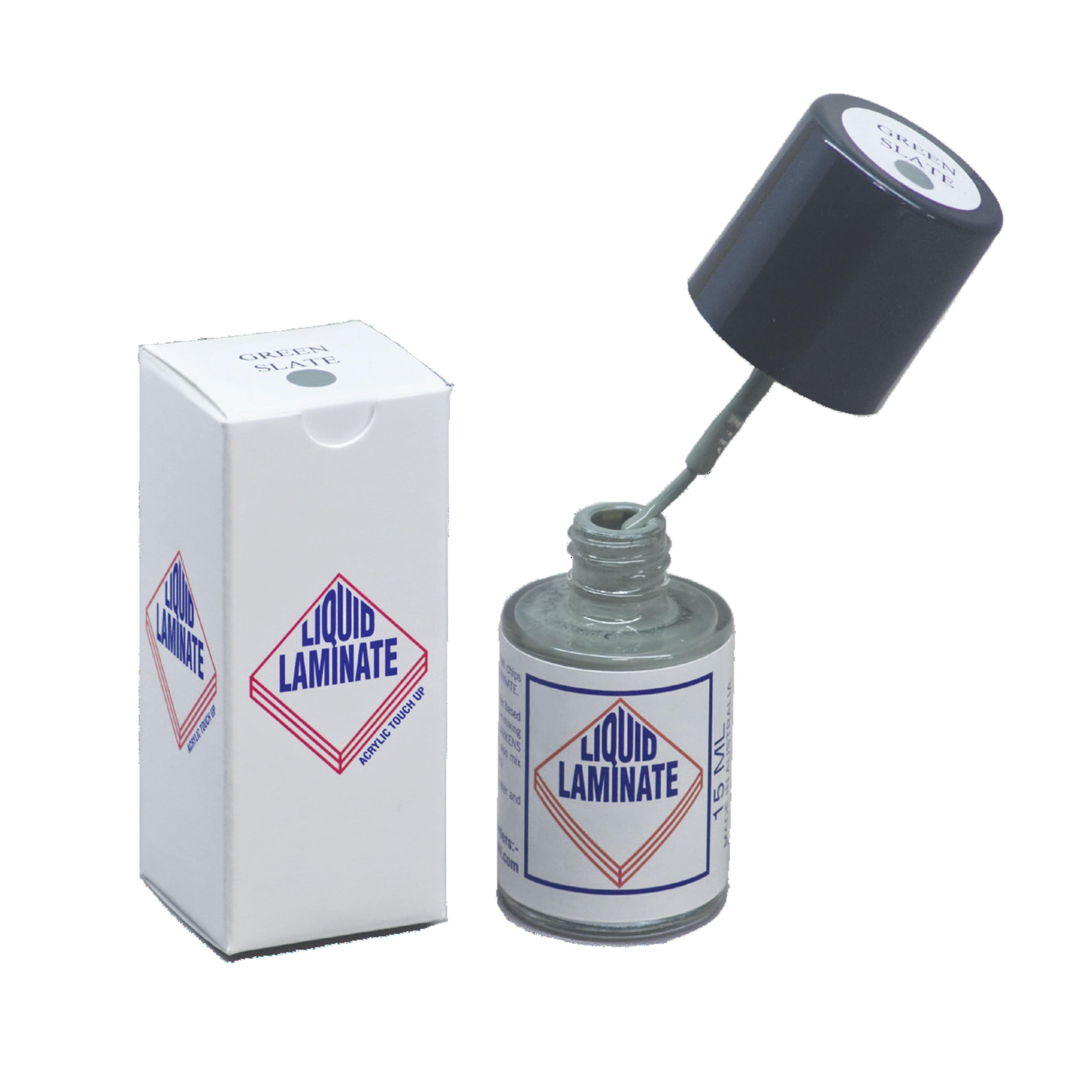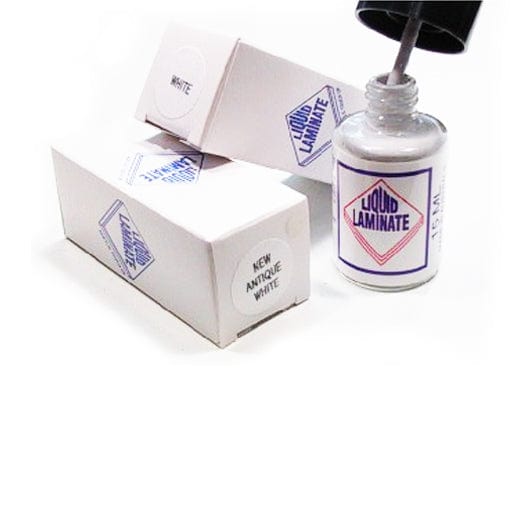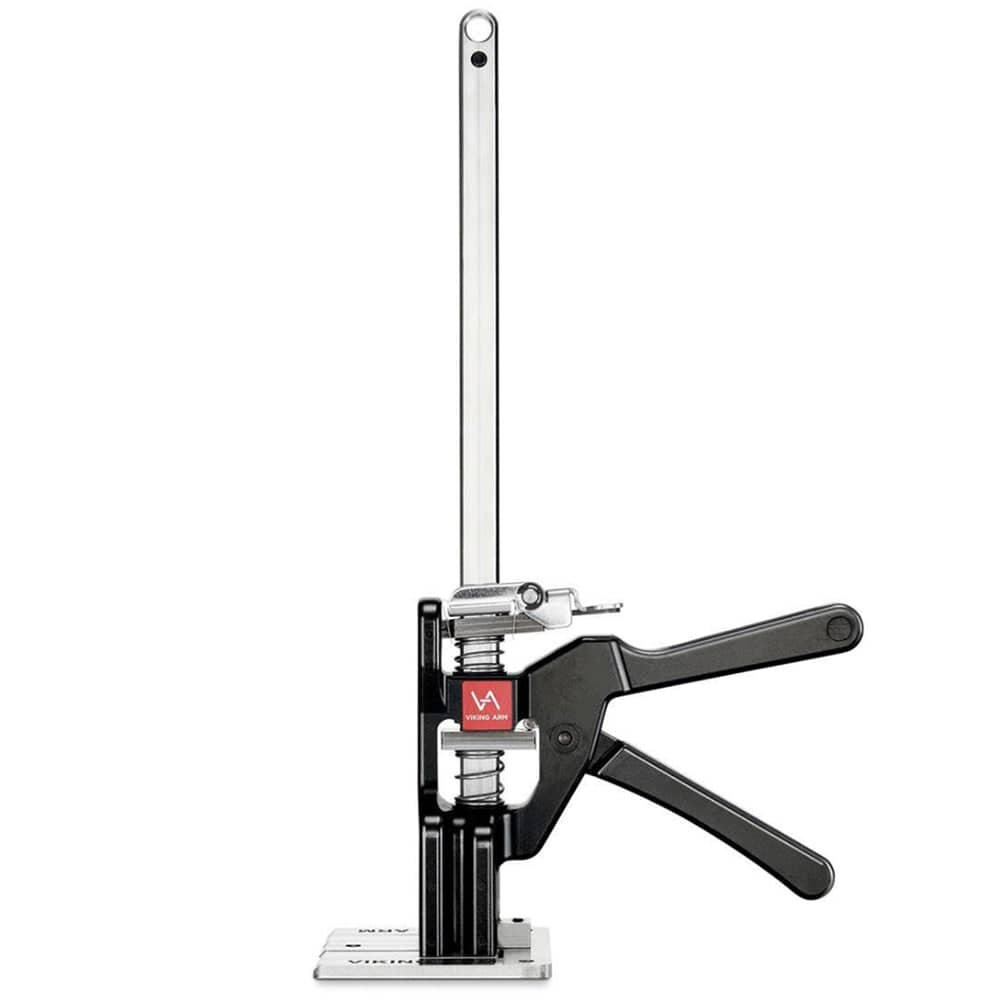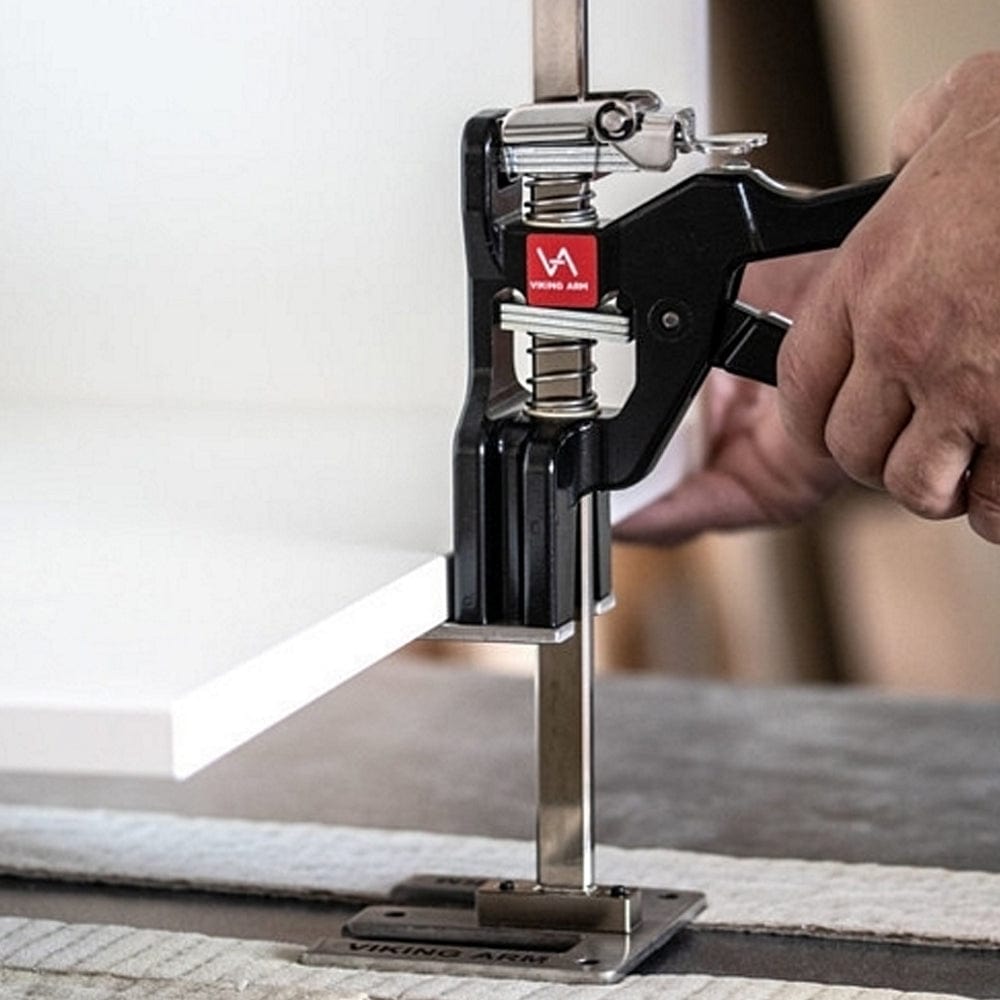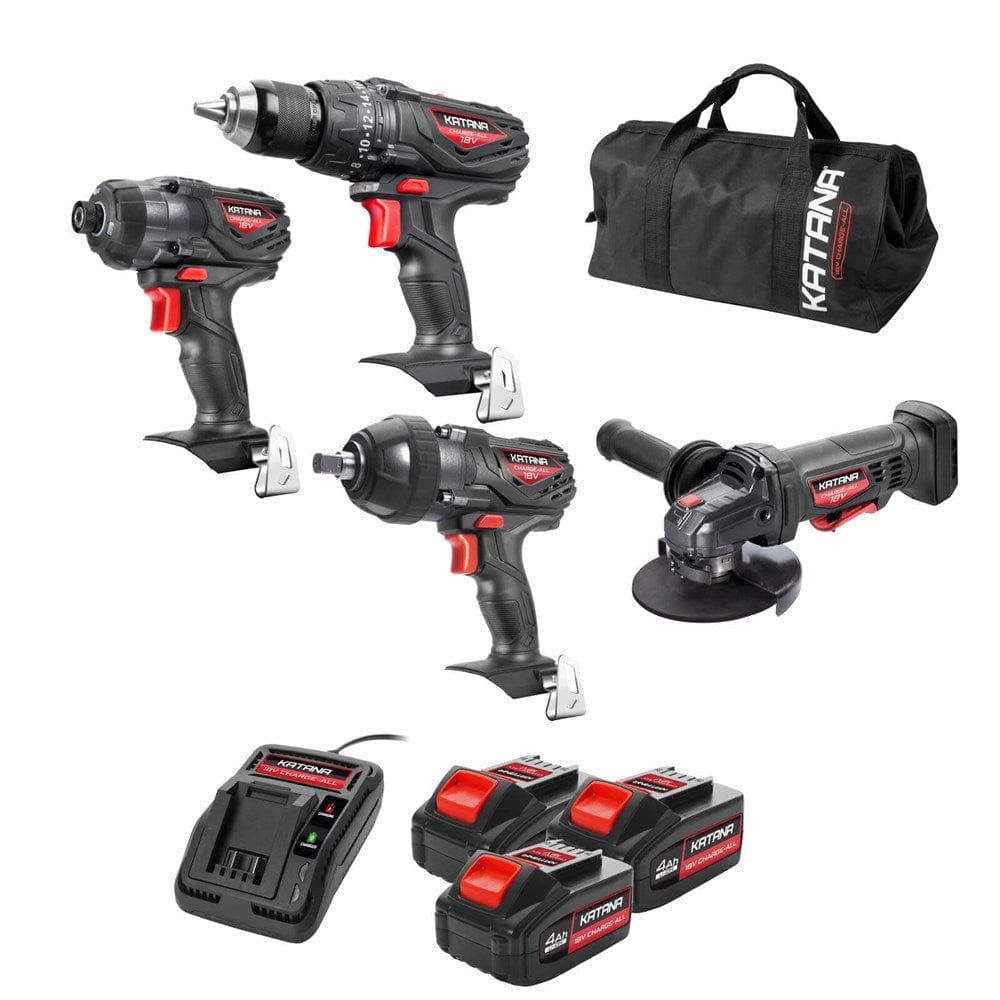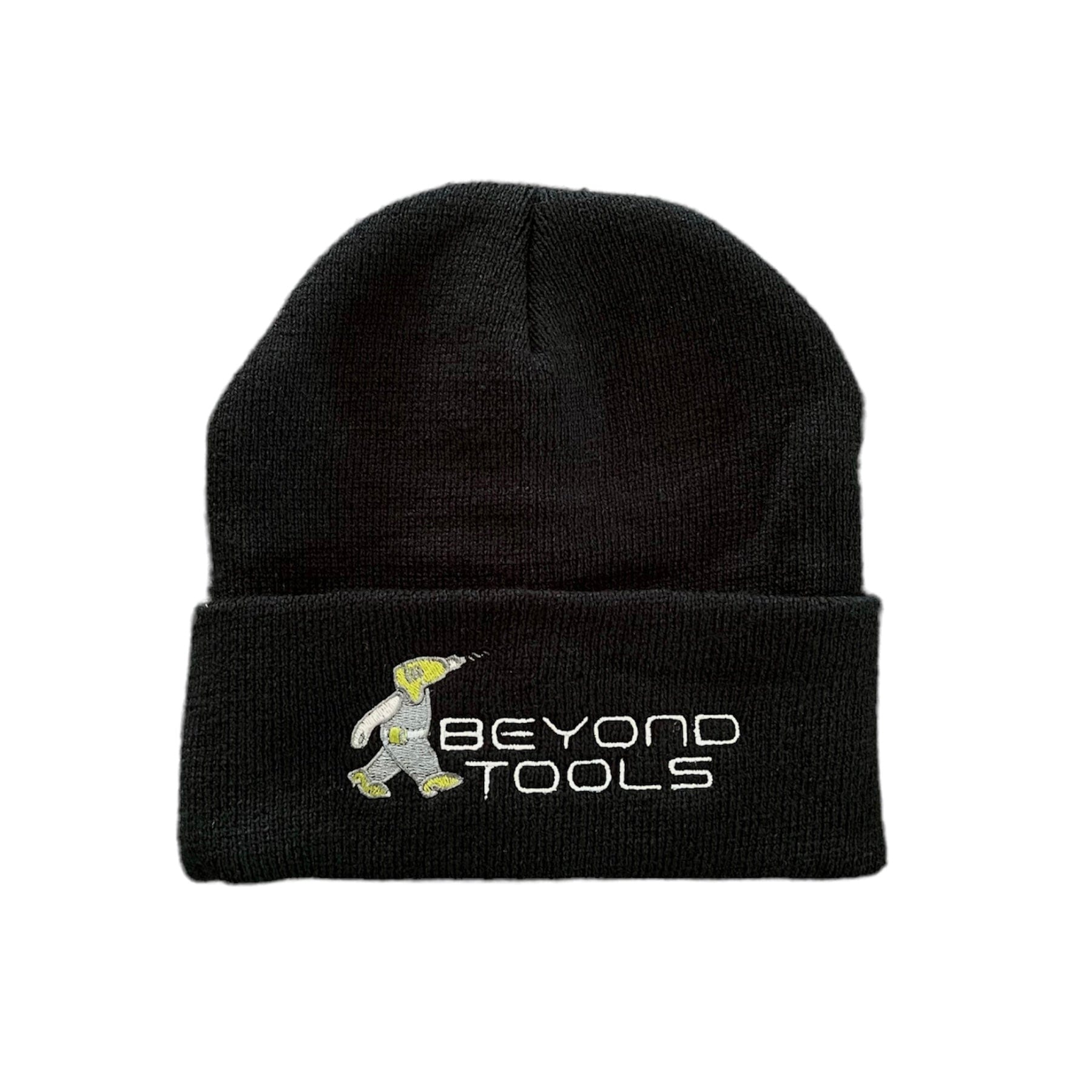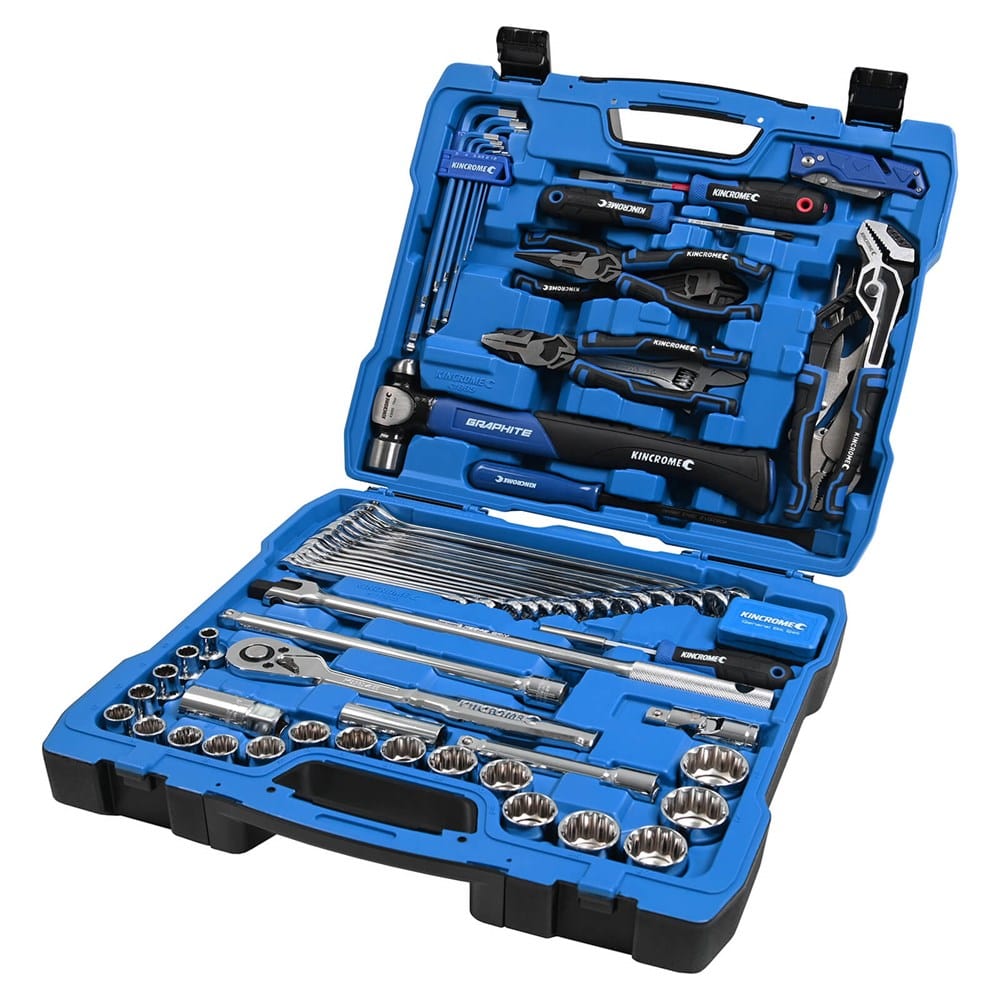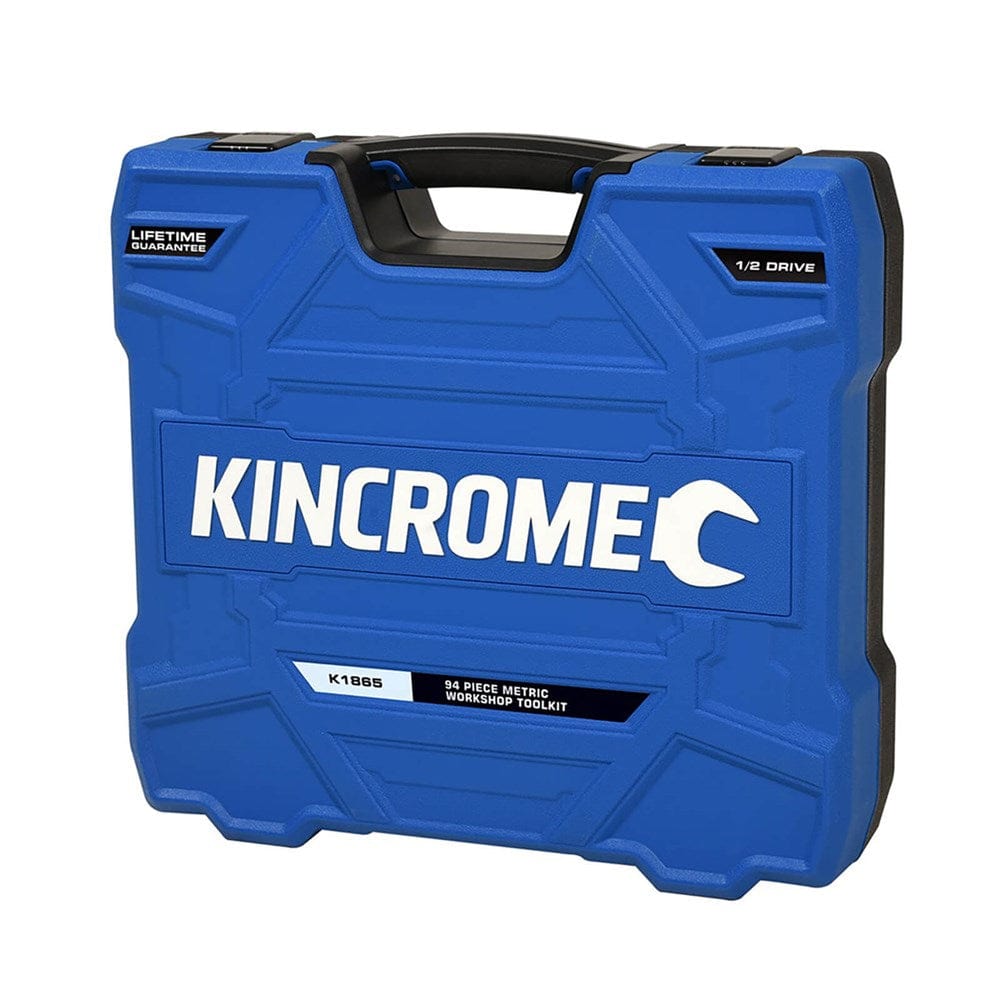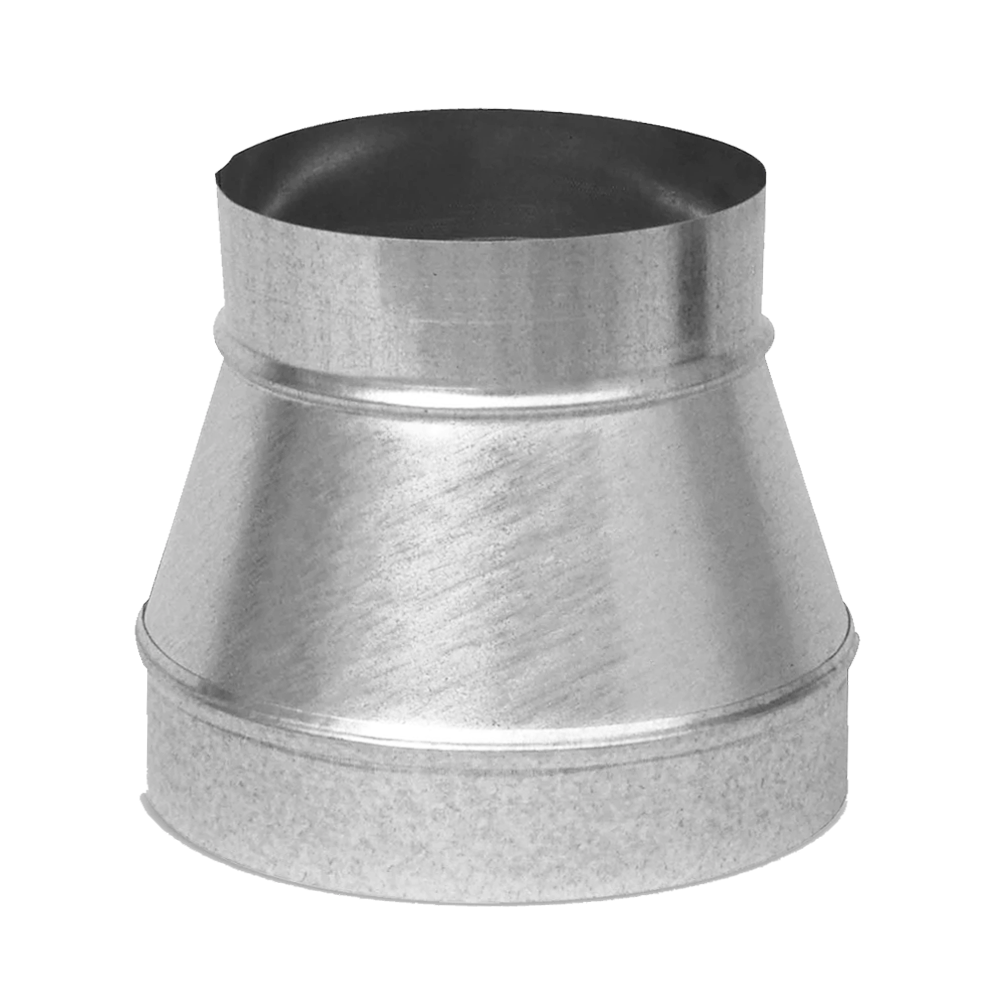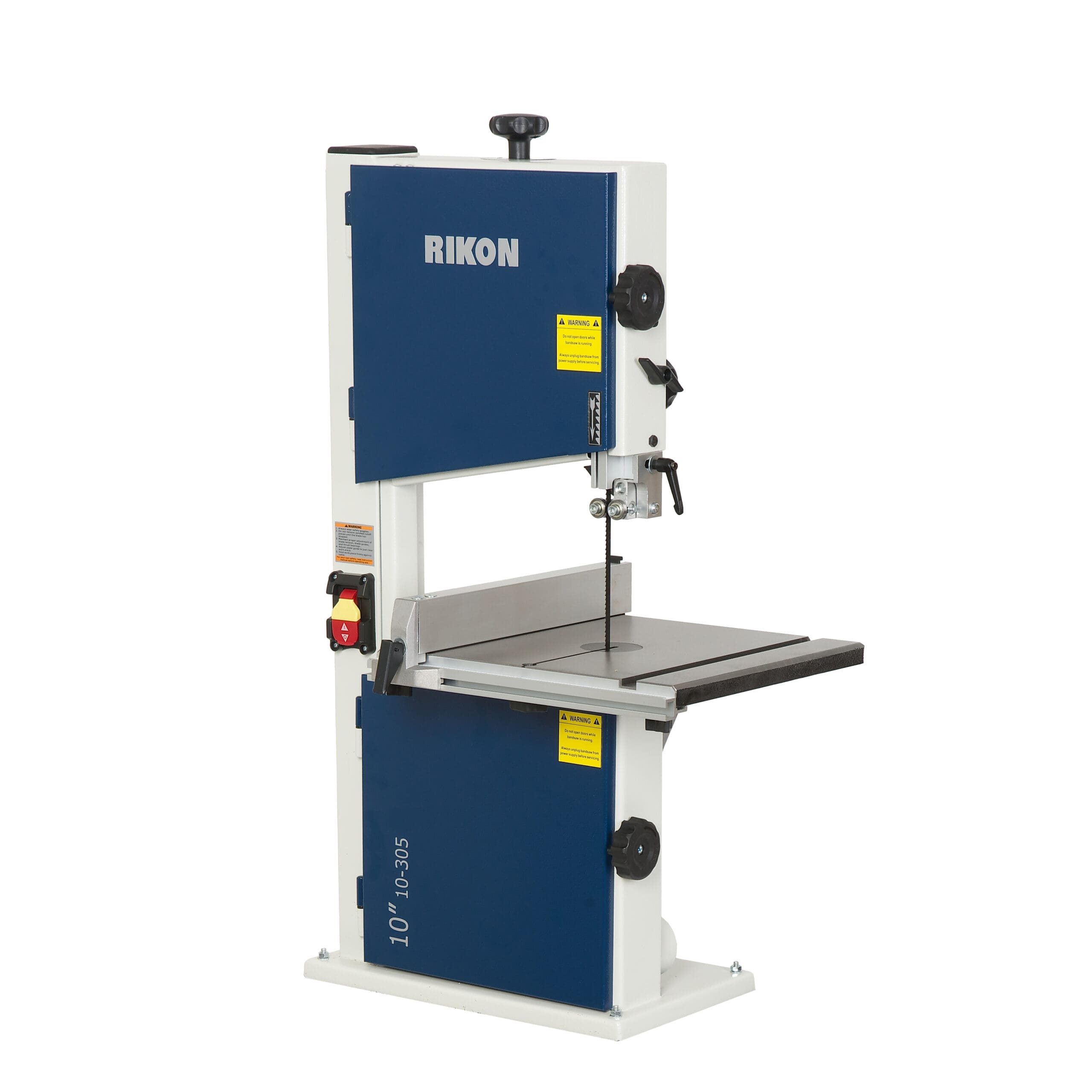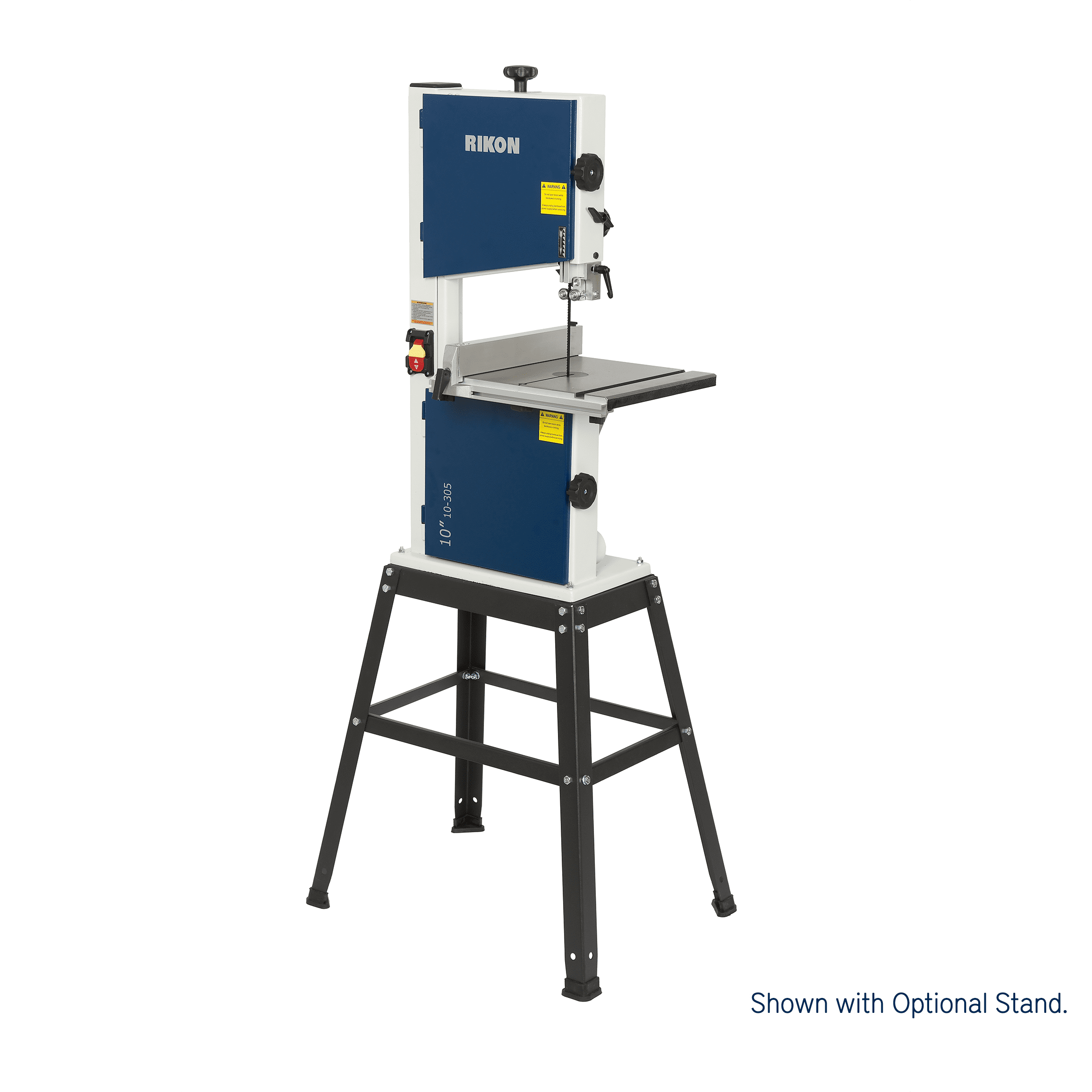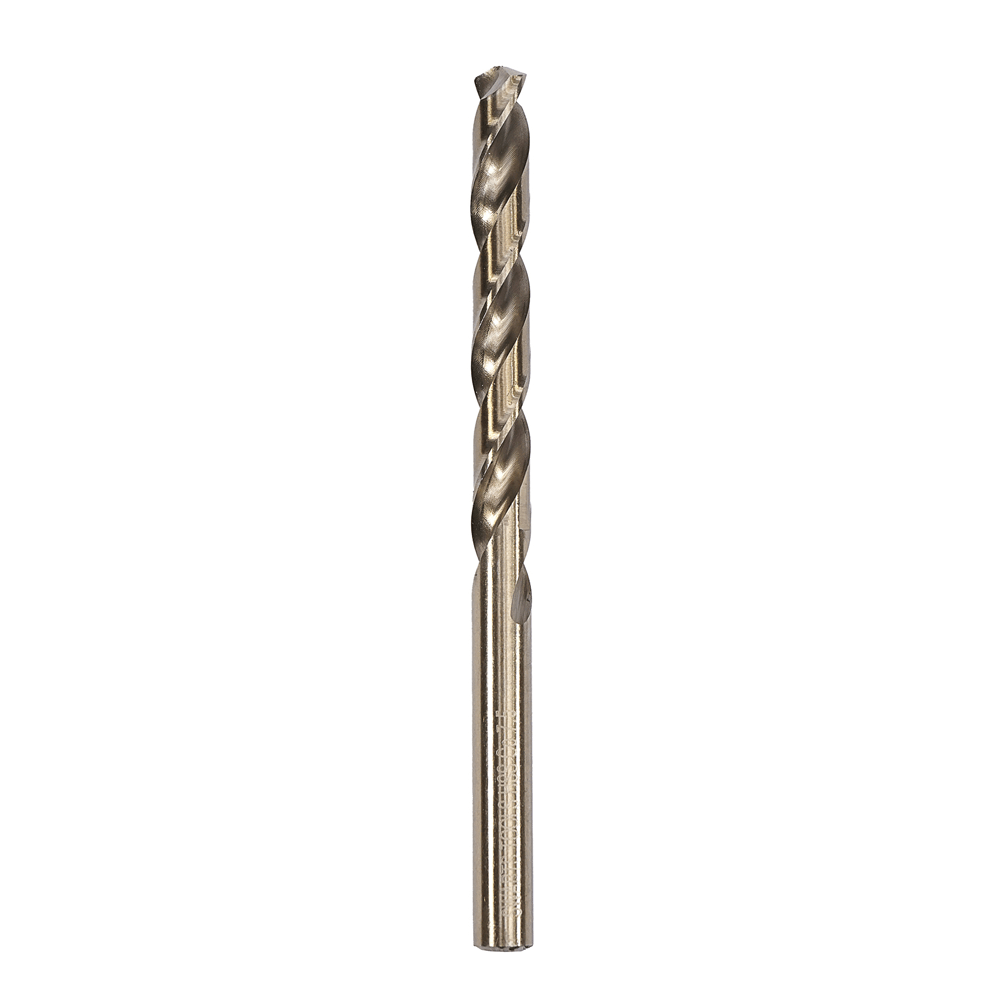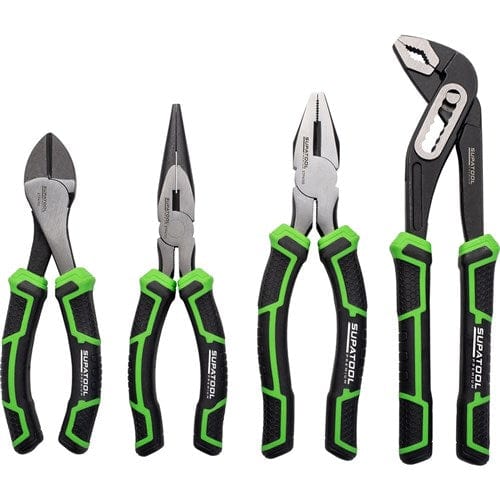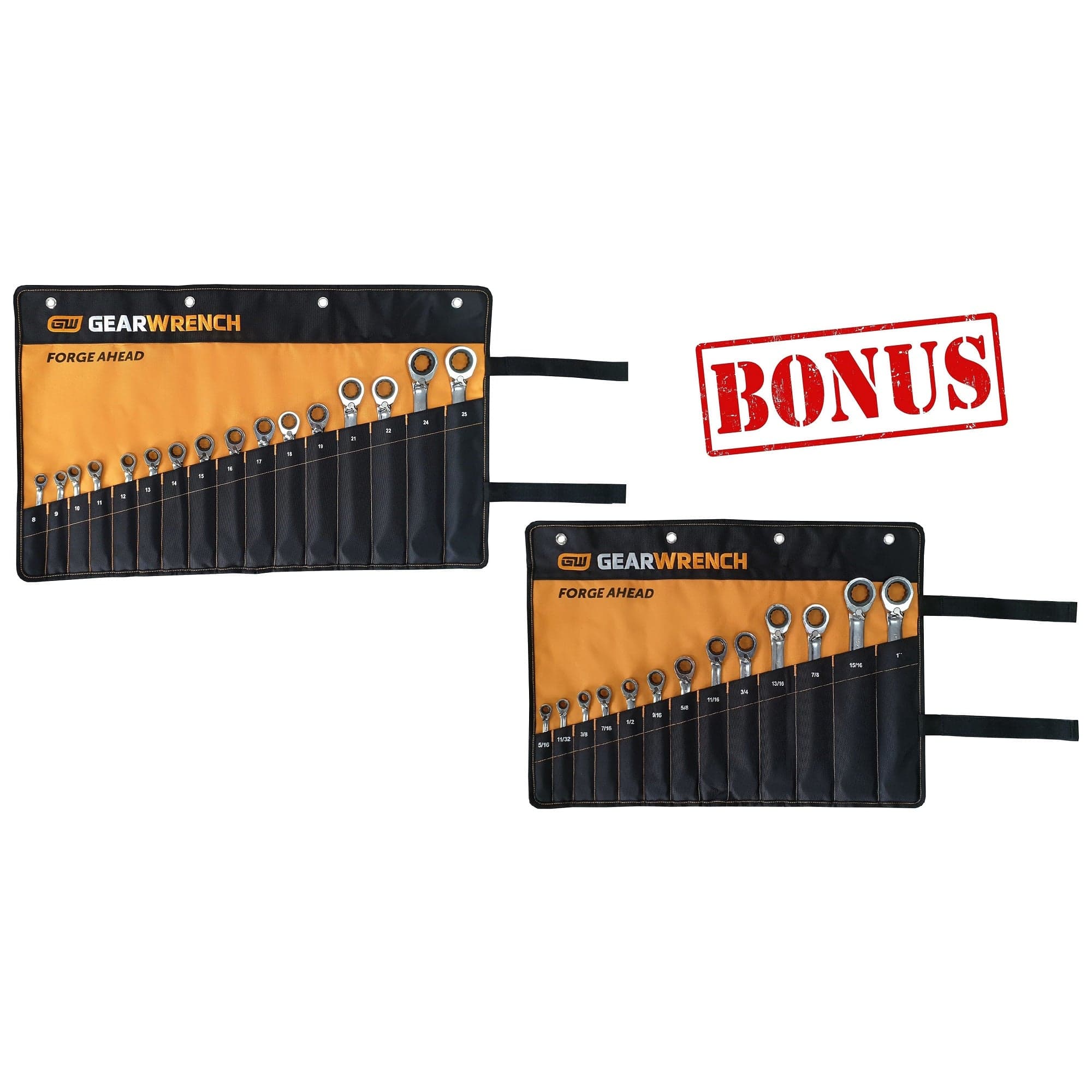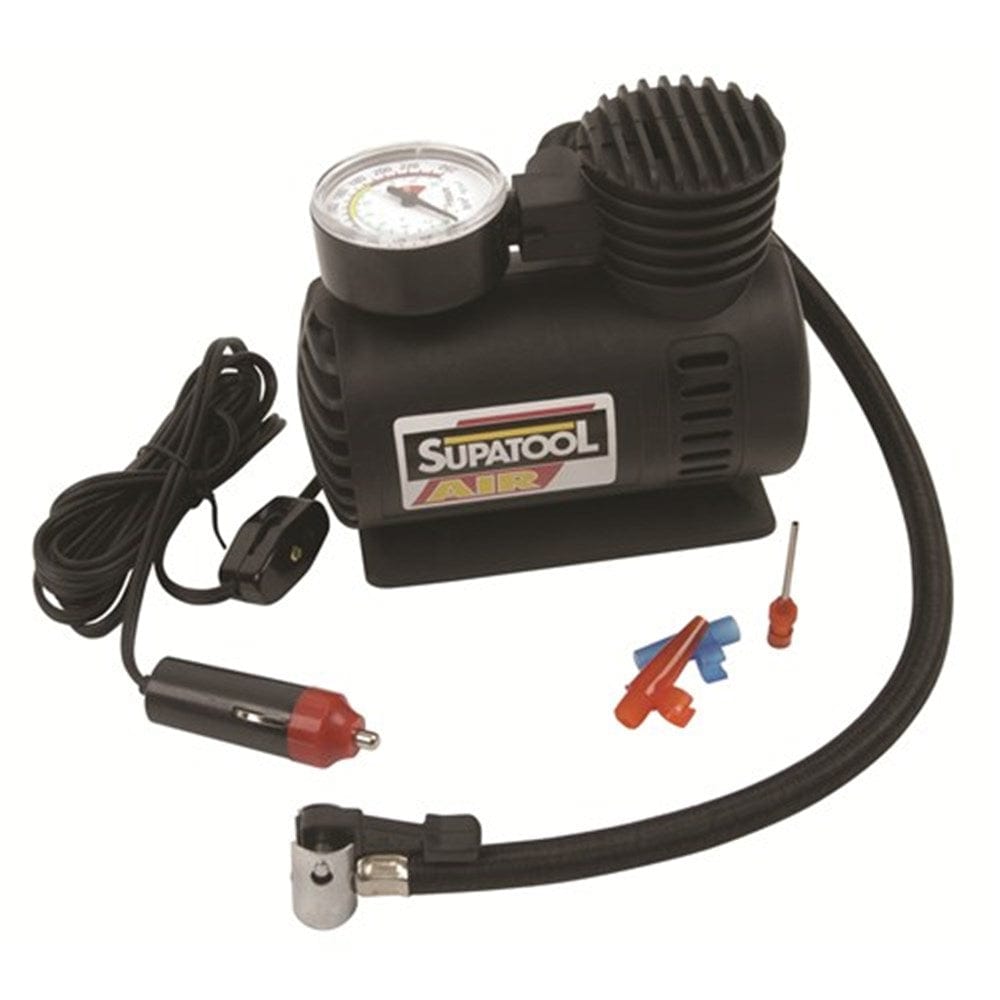How to Measure Spindle Size and Thread on a Lathe
Measuring the spindle size and thread on a lathe is essential for selecting the right accessories and ensuring a proper fit. Whether you need to attach chucks, collets, or other tooling, understanding the spindle size and thread is crucial. In this comprehensive guide, we'll walk you through the process of measuring spindle size and thread on a lathe, covering both metric and imperial measurements. Let's get started!
Step 1: Safety Precautions Before beginning any measurements, prioritize safety. Turn off the lathe and unplug it to prevent accidental start-ups and ensure your well-being throughout the process.
Step 2: Gather the Necessary Tools To measure the spindle size and thread, you'll need the following tools:
• Vernier caliper or micrometer: These measuring tools provide accurate measurements.
• Safety goggles: Protect your eyes while working on the lathe.
Step 3: Prepare the Lathe Clear the lathe spindle of any debris or chips that may hinder your measurements. Use a lint-free cloth or brush to wipe it clean.
Step 4: Determine the Measurement Point Identify the area on the spindle where you'll take the measurements. Typically, this is where you'll attach accessories such as chucks or collets. Ensure that the measurement point is easily accessible and clear of any obstructions.
Step 5: Measure Spindle Size Using a vernier caliper or micrometer, take external measurements of the spindle. Gently open the caliper or micrometer jaws and place them around the spindle. Close the jaws until they make contact with the spindle, and record the measurement displayed on the tool. Take multiple measurements at different points along the spindle to ensure accuracy. Note down the largest measurement obtained.
Step 6: Determine Spindle Size Options Refer to the following commonly available spindle size options in metric and imperial measurements:
Metric Measurements:
1. 50 mm
2. 65 mm
3. 80 mm
4. 100 mm
5. 125 mm
6. 160 mm
7. 200 mm
8. 250 mm
9. 315 mm
10. 400 mm
Imperial Measurements:
1. 2 inches
2. 2.5 inches
3. 3 inches
4. 4 inches
5. 5 inches
6. 6 inches
7. 8 inches
8. 10 inches
9. 12 inches
10. 16 inches
Please note that these measurements are common sizes, but specific lathe models may have variations. Always consult the manufacturer's guidelines or lathe documentation for precise spindle size options.
Step 7: Measure Spindle Thread
To measure the spindle thread, you'll need to determine if it's male or female and measure its pitch and diameter.
Male Spindle Threads:
- Determine the Thread Pitch: Use a thread pitch gauge to identify the number of threads per unit of measurement (inch or millimeter). Match the gauge with the thread on the lathe spindle to determine the pitch.
- Measure the Thread Diameter: Use a thread pitch micrometer or caliper to measure the outer diameter of the threaded portion of the spindle. Take multiple measurements and record the average for accuracy.
Female Spindle Threads:
- Determine the Thread Pitch: Use a thread pitch gauge to identify the number of threads per unit of measurement (inch or millimeter). Match the gauge with the thread on the accessory or attachment to determine the pitch.
- Measure the Thread Diameter: Use a thread pitch micrometer or caliper to measure the inner
Step 8: Identify Spindle Thread Sizes Here are some common spindle thread sizes for both metric and imperial measurements:
Metric Spindle Thread Sizes:
1. M33x3.5
2. M24x3.0
3. M18x2.5
4. M16x2.0
5. M14x1.5
6. M12x1.75
7. M10x1.5
Imperial Spindle Thread Sizes:
1. 1-1/2" x 8 TPI (Threads Per Inch)
2. 1-1/4" x 8 TPI
3. 1" x 8 TPI
4. 3/4" x 16 TPI
5. 3/4" x 10 TPI
6. 1/2" x 20 TPI
7. 3/8" x 16 TPI
Remember, these are just examples of commonly used spindle thread sizes. Always refer to the manufacturer's guidelines or lathe documentation for precise spindle thread specifications.
Step 9: Document the Results Record all the measurements, including the spindle size and thread information, in a notebook or digital file. This documentation will be invaluable when selecting the appropriate accessories for your lathe.
Conclusion: Measuring the spindle size and thread on a lathe is crucial for proper accessory selection and optimal performance. By following the step-by-step instructions outlined in this guide, you'll be equipped to accurately measure the spindle size and identify the thread type. Remember to prioritize safety and consult the manufacturer's guidelines or lathe documentation for specific measurements and specifications. Happy turning on your lathe!






